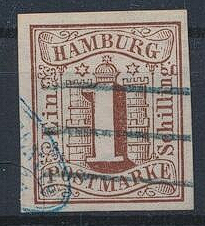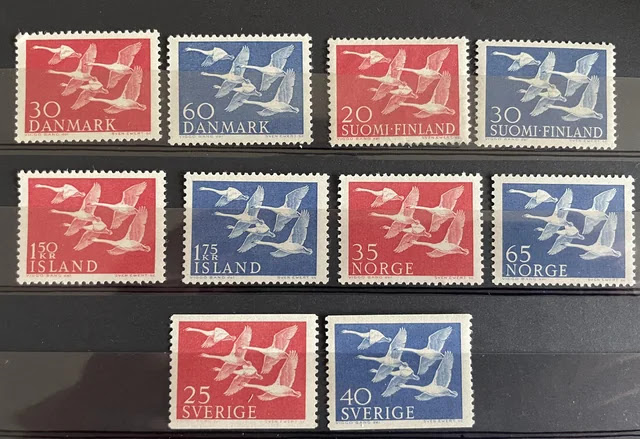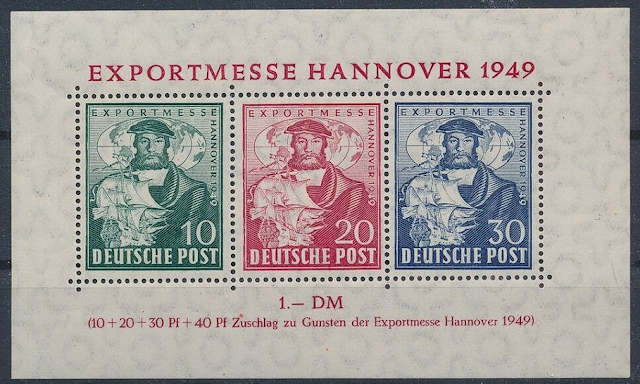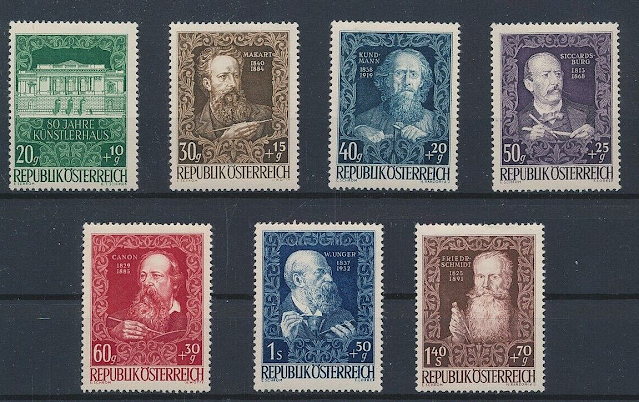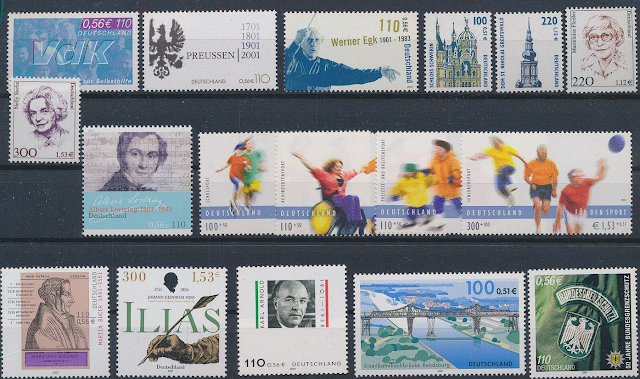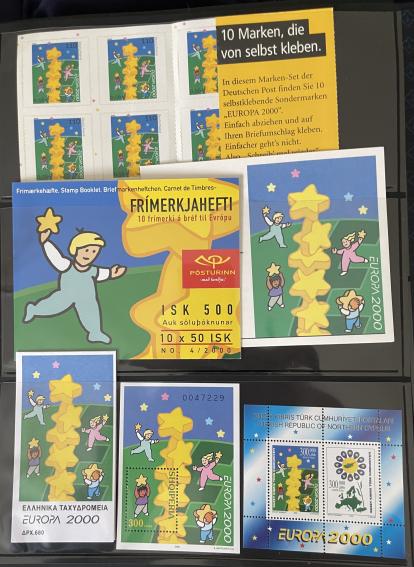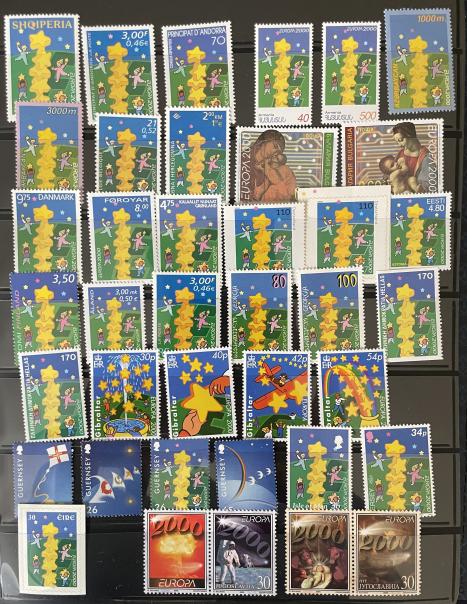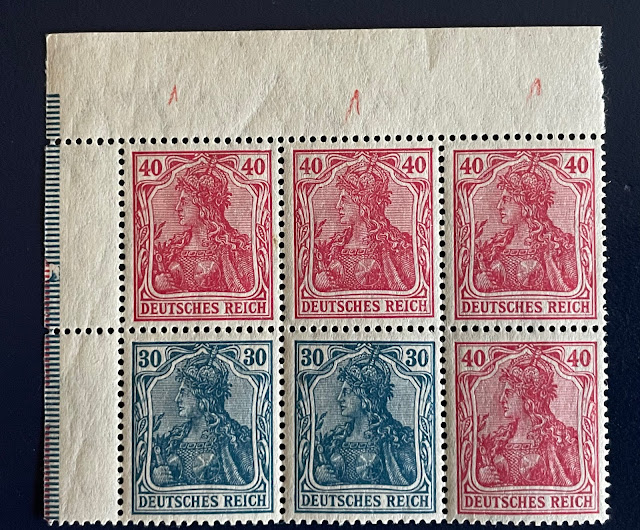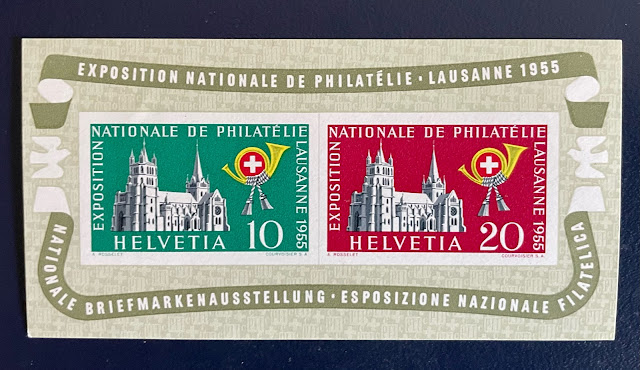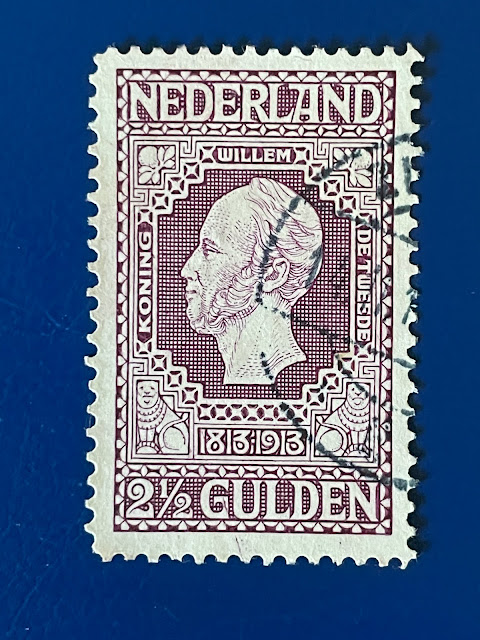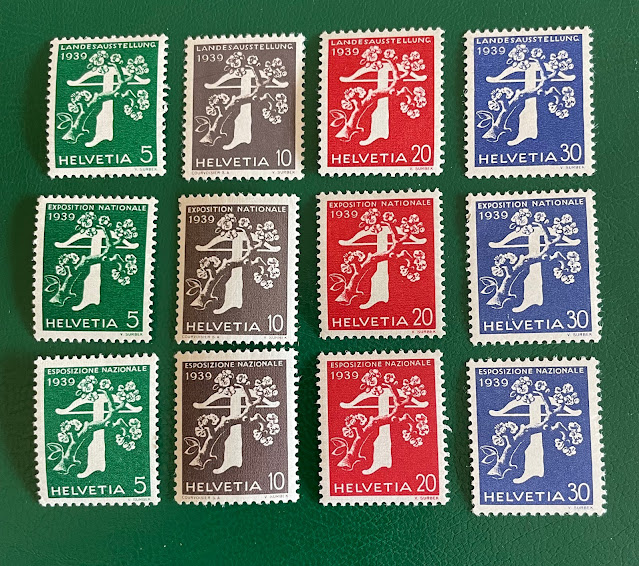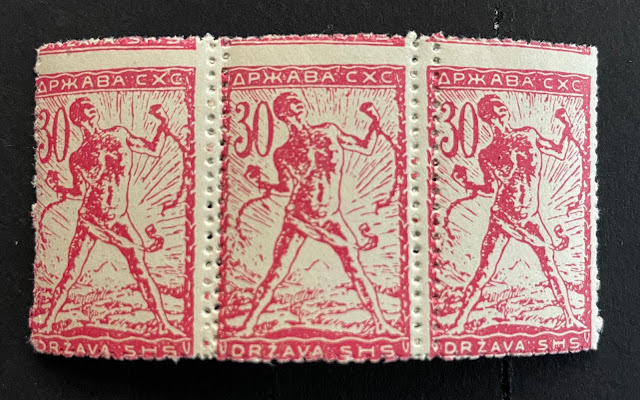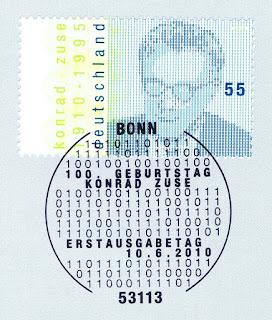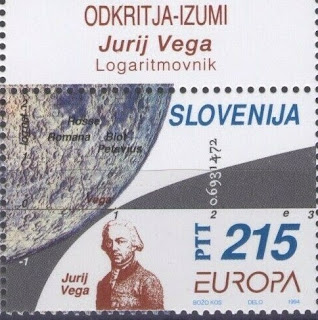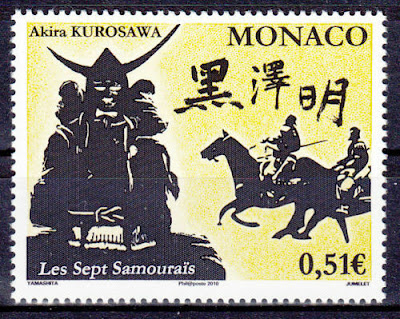Here are some events that happened on March 23rd. It could be an event or a person that died or was born on that day
1749 Born: Pierre-Simon Laplace, French mathematician and astronomer (d. 1827)
Pierre-Simon, marquis de Laplace (23 March 1749 – 5 March 1827) was a French scholar and polymath whose work was important to the development of engineering, mathematics, statistics, physics, astronomy, and philosophy. He summarized and extended the work of his predecessors in his five-volume Mécanique Céleste (Celestial Mechanics) (1799–1825). This work translated the geometric study of classical mechanics to one based on calculus, opening up a broader range of problems. In statistics, the Bayesian interpretation of probability was developed mainly by Laplace.
Laplace formulated Laplace's equation, and pioneered the Laplace transform which appears in many branches of mathematical physics, a field that he took a leading role in forming. The Laplacian differential operator, widely used in mathematics, is also named after him. He restated and developed the nebular hypothesis of the origin of the Solar System and was one of the first scientists to postulate the existence of black holes and the notion of gravitational collapse.
Laplace is remembered as one of the greatest scientists of all time. Sometimes referred to as the French Newton or Newton of France, he has been described as possessing a phenomenal natural mathematical faculty superior to that of any of his contemporaries. He was Napoleon's examiner when Napoleon attended the École Militaire in Paris in 1784. Laplace became a count of the Empire in 1806 and was named a marquis in 1817, after the Bourbon Restoration.
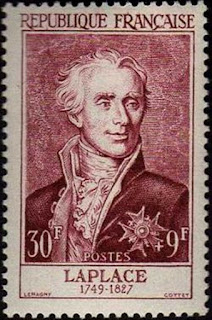
1754 Born: Jurij Vega, Slovene mathematician, physicist and artillery officer (d. 1802)
Baron Jurij Bartolomej Vega (also Veha; Latin: Georgius Bartholomaei Vecha; German: Georg Freiherr von Vega; born Vehovec, March 23, 1754 – September 26, 1802) was a Slovene mathematician, physicist and artillery officer.
Vega published a series of books of logarithm tables. The first one appeared in 1783. Much later, in 1797 it was followed by a second volume that contained a collection of integrals and other useful formulae. His Handbook, which was originally published in 1793, was later translated into several languages and appeared in over 100 issues. His major work was Thesaurus Logarithmorum Completus (Treasury of all Logarithms) that was first published 1794 in Leipzig (its 90th edition was published in 1924). This mathematical table was actually based on Adriaan Vlacq's tables, but corrected a number of errors and extended the logarithms of trigonometric functions for the small angles. An engineer, Franc Allmer, honourable senator of the Graz University of Technology, has found Vega's logarithmic tables with 10 decimal places in the Museum of Carl Friedrich Gauss in Göttingen. Gauss used this work frequently and he has written in it several calculations. Gauss has also found some of Vega's errors in the calculations in the range of numbers, of which there are more than a million. A copy of Vega's Thesaurus belonging to the private collection of the British mathematician and computing pioneer Charles Babbage (1791–1871) is preserved at the Royal Observatory, Edinburgh.
Over the years Vega wrote a four volume textbook Vorlesungen über die Mathematik (Lectures about Mathematics). Volume I appeared in 1782 when he was 28 years old, Volume II in 1784, Volume III in 1788 and Volume IV in 1800. His textbooks also contain interesting tables: for instance, in Volume II one can find closed form expressions for sines of multiples of 3 degrees, written in a form easy to work with.
Vega wrote at least six scientific papers. On August 20, 1789 Vega achieved a world record when he calculated pi to 140 places, of which the first 126 were correct. This calculation he proposed to the Russian Academy of Sciences in Saint Petersburg in the booklet V. razprava (The fifth discussion), where he had found with his calculating method an error on the 113th place from the estimation of Thomas Fantet de Lagny (1660–1734) from 1719 of 127 places. Vega retained his record 52 years until 1841 and his method is mentioned still today.
Stamps from Slovenia depicting Jurij Vega
1910 Born: Akira Kurosawa, Japanese director, producer and screenwriter (d. 1998)
Akira Kurosawa (March 23, 1910 – September 6, 1998) was a Japanese film director and screenwriter, who directed 30 films in a career spanning 57 years. He is regarded as one of the most important and influential filmmakers in the history of cinema.
Kurosawa directed approximately one film per year throughout the 1950s and early 1960s, including a number of highly regarded (and often adapted) films, such as Ikiru (1952), Seven Samurai (1954) and Yojimbo (1961). After the 1960s he became much less prolific; even so, his later work—including his final two epics, Kagemusha (1980) and Ran (1985)—continued to win awards, though more often abroad than in Japan.
Below is a stamp from Monaco commemorating Akira Kurosawa and his movie Seven Samurai
